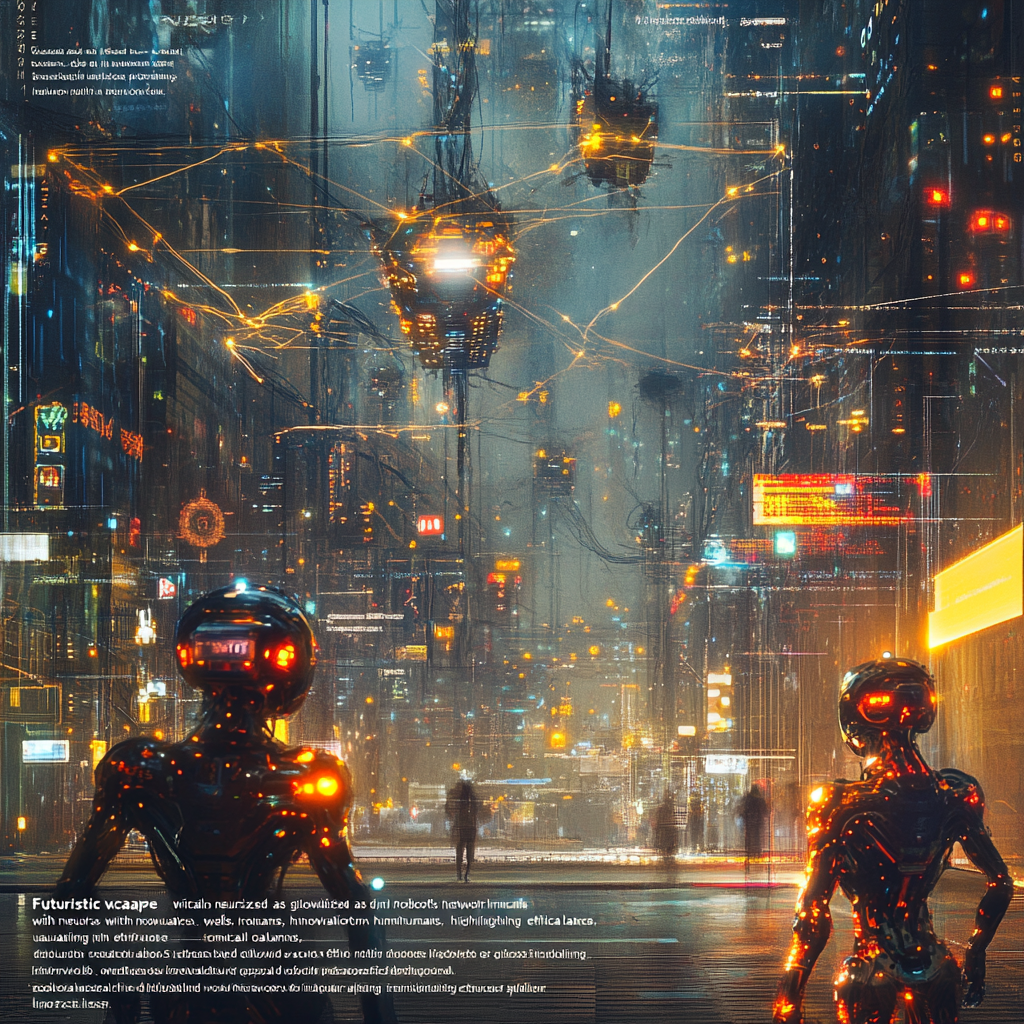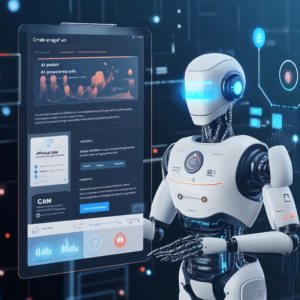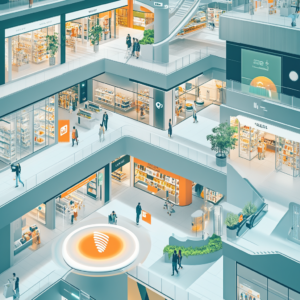
Observe SpaceX Propel Spain’s Next-Gen Satellite into Orbit Tonight
In the realm of technology, we find ourselves grappling constantly with an enigma that feels as complex as the universe itself: neural networks and automation. Now, sit back and let me guide you through this jungle of binary and algorithms, where things aren’t as intimidating as they seem. Spoiler alert: it’s not rocket science, though it might sometimes feel like it.
First off, let’s tackle the web of neural networks. Picture them as a group of neurons in your brain – yes, the squishy, gray stuff that allows you to contemplate the vastness of existence (and also why you binge-watched that terrible series last weekend). Neural networks are structured similarly: layers upon layers of “neurons” (which are actually just mathematical functions) that process data. That’s it, no complicated wizardry here.
Now, if you’re imagining a bunch of little elves working tirelessly behind your screen to make sense of all that data – you’re not entirely wrong! Think of a neural network as a team of these elves, each one somewhat myopic but collectively capable of concocting a brilliant masterpiece from all the inputs they receive. They learn from data like you learn from your mistakes – the more they see, the better they get. It’s like how every time you try a new recipe, there's always that one addition that suddenly elevates it beyond ordinary.
But, let’s not forget about the deep end of this pool: deep learning. Ah, the twist of fate in our tale! Deep learning is just a fancier cousin of neural networks, diving even deeper into those elaborate layers. Picture it as a cake with multiple tiers, where each layer has to be more decadent than the last. The more layers you add, the richer the flavor – but also the harder it is to get just right. Think of how blissfully satisfying it is to indulge in a decadent slice of cake; it really makes you appreciate the artistry behind it.
Now, automation comes gallivanting in like a superhero in a spandex suit, ready to save the day. It’s not merely about robots assembling cars or chatbots responding to your queries (though let’s not underestimate their charm). Automation infuses efficiency and speed into our daily lives: from mundane tasks like scheduling appointments to the more complex algorithms that help industries run smoothly. Imagine waking up every morning and being greeted by the smell of freshly brewed coffee; all thanks to automated machines handling the nitty-gritty while you luxuriate in bed.
However, let’s address the swirling fears surrounding this technological revolution. There’s a common anxiety that robots will snatch away our jobs and leave us to wither like an unsung hero. While automation can replace certain tasks, it also creates new roles, necessitating a workforce that’s adaptable and skilled. Just like how we’ve transitioned from agrarian societies to industrial powerhouses and now to tech-driven economies. From the horse and buggy to Tesla’s electric wonders – we’re simply evolving. Embrace change; it’s not always dire, often it’s just a reshuffling of the deck.
But here’s where it gets even more captivating: the intersection of neural networks and automation creates a synergy that feels almost magical. Imagine a world where machines not only execute tasks but also learn from every interaction, becoming ever more intelligent and effective. It’s like having a friend who never forgets your coffee order and knows just how you like your eggs in the morning – truly the stuff of dreams. We can see it in industries like healthcare, where neural networks sift through patient data and assist doctors in diagnosing ailments faster than you can say "artificial intelligence."
Yet, as we embark on this journey through the uncharted waters of automation, it’s crucial to keep our wits about us. Ethics, accountability, and the implications of our technological decisions are paramount. Just because you can create a self-learning algorithm doesn’t mean you should unleash it without a moral compass. Remember that time you let a toddler near the cookie jar unattended? It’s kind of like that – delightful chaos may ensue, but at what cost?
In our quest for a future where neural networks and automation reign supreme, we must also question deeper values: What do we want our world to look like? Do we want a future driven solely by data? What about creativity, the art of human experience, and the joy that comes from a beautifully imperfect existence? Like a beautifully crafted tea – complex and nuanced – a well-balanced approach towards tech is essential.
Now, let’s pivot for a moment and appreciate the fact that we are living in an era where knowledge about these complex systems is just a click away. The internet is a treasure trove of information; it’s like holding a map to the hidden wonders of a mystical land. However, be cautious, for within this treasure, there lurks misinformation and biases that can lead you astray. Nurture your curiosity but couple it with discernment – that’s a recipe for success!
As you continue this expedition into neural networks and automation, remember that every advancement holds the potential for both innovation and disruption, akin to how the invention of the wheel transformed human civilization. Look upon these developments not just as technological advances but as reflections of our own quest for progress.
So, are you ready to plunge into this exciting world? To wrestle with the two-headed creature of neural networks and automation and emerge a victor? The door is wide open, and the journey promises a myriad of astonishing revelations.
Want to stay up to date with the latest news on neural networks and automation? Subscribe to our Telegram channel: @channel_neirotoken

